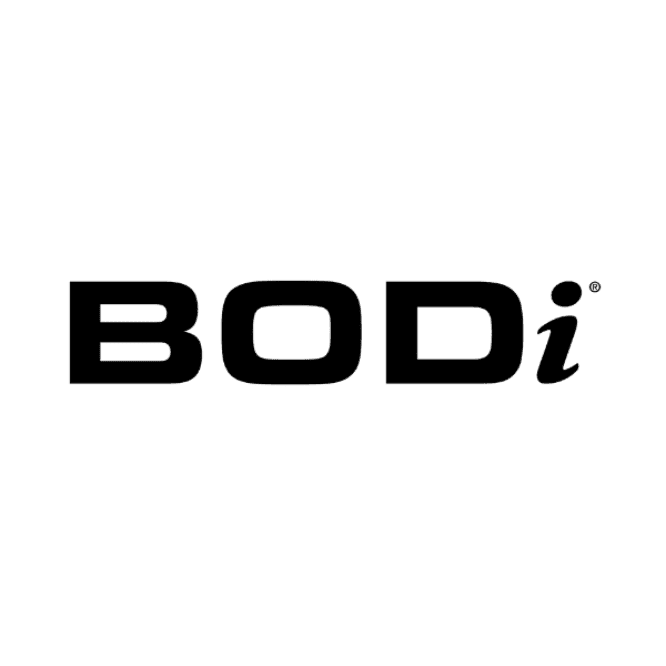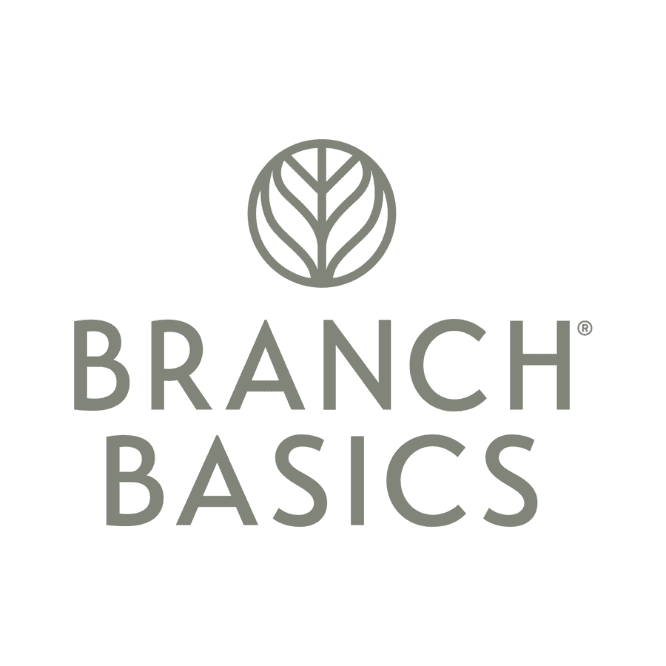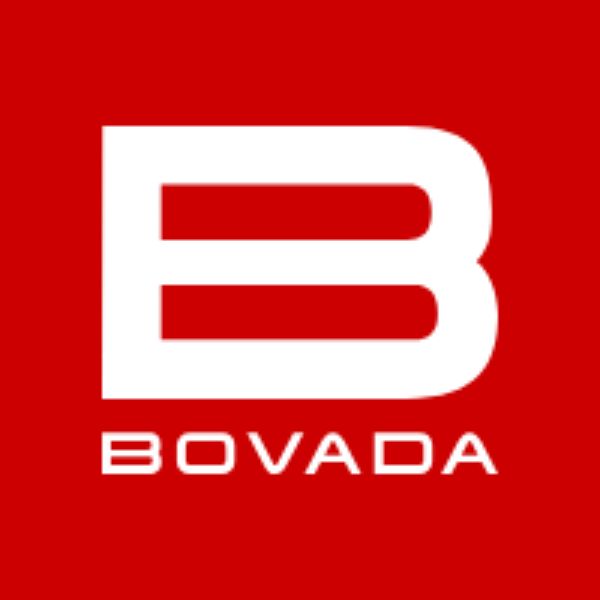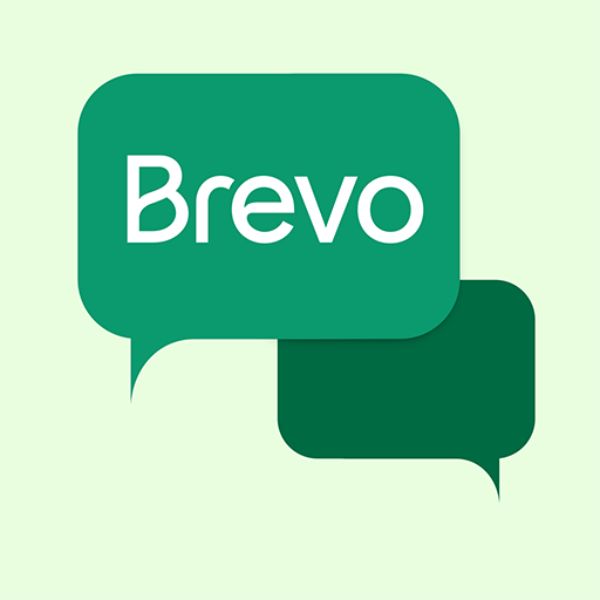About T.J. Maxx
T.J. Maxx (stylized as T.J.maxx) is a major American discount department store chain and the flagship brand of The TJX Companies, Inc. Founded in 1976, its core mission is to deliver great value to customers by offering a rapidly changing assortment of brand name and designer merchandise at prices generally 20% to 60% below full-price retailers’ regular prices. They achieve this by purchasing manufacturers’ overstocks, closeouts, and seasonal clearances.
T.J. Maxx sells a wide variety of products, including men’s, women’s, and children’s apparel, footwear, jewelry, accessories, beauty products, and home goods ranging from décor to housewares. They operate both physical stores and an e-commerce site.
T.J. Maxx Affiliate Program Overview
The T.J. Maxx Affiliate Program allows publishers (affiliates) to earn a commission by driving sales to the T.J. Maxx e-commerce website. It’s a Cost Per Sale (CPS) program best suited for creators whose audience is interested in fashion, lifestyle, and bargain hunting.
| Factor | Detail |
| Industry | Retail / Off-Price Department Store |
| Product Type | Physical Products (Clothing, Footwear, Jewelry, Accessories, Home Goods) |
| Affiliate Program Type | Cost Per Sale (CPS) / Single-Tier |
T.J. Maxx Affiliate Program Offers
This program provides affiliates with necessary tools and a standard cookie duration to monetize their content by promoting T.J. Maxx’s discounted designer merchandise.
| Factor | Detail |
| Promotional Materials | Banners, product links, and a monthly affiliate newsletter. |
| Affiliate Cookie Duration | 30 Days. (Affiliate earns commission if the referred user purchases within 30 days of clicking the link.) |
| Accepted Traffic Source | Websites, blogs, newsletters, and social media platforms. |
| Accepted Countries | Primarily United States (as T.J. Maxx is the US brand). |
| Explicit Content | Not accepted (Standard restriction for most retail programs). |
| Religious or political content | Not accepted (Standard restriction for most retail programs). |
T.J. Maxx Affiliate Commissions & Payments
The T.J. Maxx affiliate program offers a competitive commission rate in the apparel and home goods niche, managed through a major affiliate network.
| Factor | Detail |
| MLM (Multi-Level Marketing) | No. It is a single-tier program. |
| Commission Rate | 3% – 4% per Sale (Rates vary depending on the specific affiliate network). |
| Commission Structure | Fixed percentage per sale (CPS). |
| Payout Frequency | Monthly. |
| Payout Methods | Direct Deposit, Check, ACH, PayPal (Varies by affiliate network). |
| Minimum Payout | Typically $10 – $50 (Varies by affiliate network, e.g., CJ Affiliate or FlexOffers). |
Suitable Affiliates for T.J. Maxx Affiliate
The T.J. Maxx program is highly suitable for content creators whose audience aligns with the brand’s target demographic of bargain hunters, fashionistas, and lifestyle shoppers.
| Affiliate Type | Suitability | Notes |
| Bloggers | High | Ideal for fashion, lifestyle, and “deals/savings” blogs, creating product reviews, hauls, and style guides. |
| TikTokers | High | Great for “T.J. Maxx haul” videos, styling, and showcasing unique finds, which resonate well on the platform. |
| KOC/KOL | High | Creators in the fashion, home décor, and lifestyle space can easily promote products that fit their brand. |
| Influencers | High | Particularly those focusing on budget-friendly fashion, shopping tips, and home styling. |
| YouTubers | High | “Shop with me,” “T.J. Maxx haul,” and “styling on a budget” video content are highly effective. |
| Video editors | Low/Medium | Only suitable if they also have a platform to promote the content (like YouTube or TikTok). |
| Livestreamers | High | Can conduct live “unboxing” or styling sessions featuring T.J. Maxx products. |
T.J. Maxx Affiliate Software
T.J. Maxx does not use in-house affiliate management software. Instead, they utilize major third-party affiliate networks to manage their program.
The T.J. Maxx affiliate program is frequently managed on platforms like CJ Affiliate (formerly Commission Junction) and FlexOffers. Using these third-party networks provides affiliates with established tracking, reporting tools, and reliable payment systems.
3 Alternatives for T.J. Maxx Affiliate Program
T.J. Maxx’s main competitors and alternatives in the affiliate space are other large retailers, especially those with an off-price or wide-ranging e-commerce presence. Three strong alternatives are Amazon Associates, Nordstrom Rack, and ASOS.
Comparison Table
| Factor | T.J. Maxx Affiliate | Amazon Associates | Nordstrom Rack Affiliate | ASOS Affiliate |
| Average Bill | Medium-Low (Discounted retail) | Varies (Low to High) | Medium (Discounted luxury) | Medium-Low (Fast fashion) |
| Entry Fees | Free | Free | Free | Free |
| Withdrawal Threshold | Varies ($10-$50) | $10 (Direct Deposit/Gift Card) / $100 (Check) | Varies (e.g., $50) | Varies (e.g., $50) |
| Payment Frequency | Monthly | Monthly (with ~60-day delay) | Monthly | Monthly |
| Commission | 3% – 4% (Flat rate) | 1% – 10% (Category dependent) | 2% – 4% (Category dependent) | Up to 6% |
| Cookie Duration | 30 Days | 24 Hours (or 90 days if added to cart) | 30 Days | 45 Days |
| Marketing Materials | Banners, Text Links | SiteStripe Tools, Banners, Links | Banners, Product Links | Banners, Text Links, Data Feed |
| Conversion | Good (Strong brand, low prices) | Very High (Extreme brand recognition/trust) | Good (Recognized luxury brands at a discount) | High (Popular with younger demographics) |










